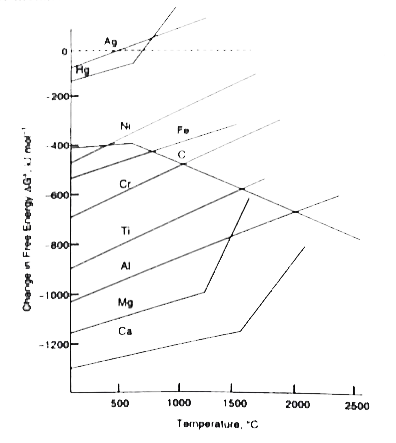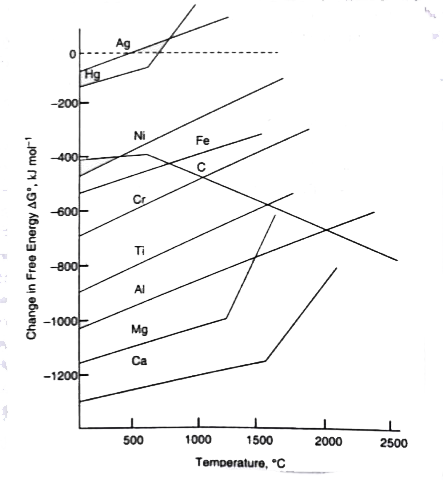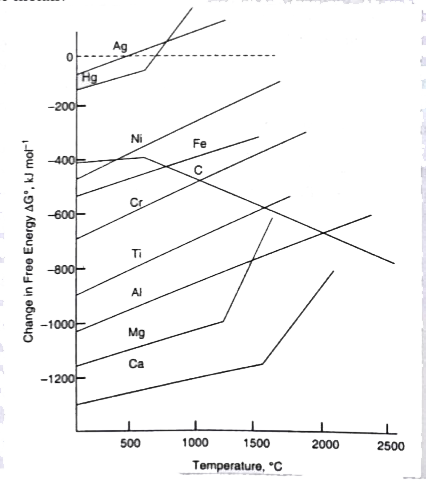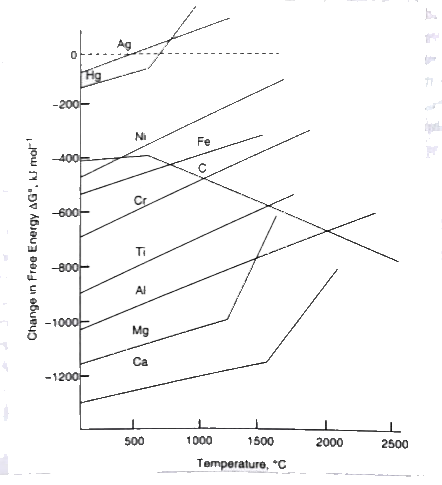One biome is characterised by precipitation of less than 25 cm per year, temperatures fluctuate wildly during the day and plants living here have adaptations such as poisons and thorns. This is a
temperate grassland
taiga
tropical rainforest
desert
The correct Answer is:D
Step by step video, text & image solution for One biome is characterised by precipitation of less than 25 cm per year, temperatures fluctuate wildly during the day and plants living here have adaptations such as poisons and thorns. This is a by Biology experts to help you in doubts & scoring excellent marks in Class 12 exams.
Updated on:21/07/2023Topper's Solved these Questions
- ORGANISMS AND POPULATIONS BOOK - ARIHANT NEETCHAPTER - ORGANISMS AND POPULATIONS EXERCISE - Chapter exercises ( Medical entrances special format questions Statement based questions)
5 Videos
- ORGANISMS AND POPULATIONS BOOK - ARIHANT NEETCHAPTER - ORGANISMS AND POPULATIONS EXERCISE - Chapter exercises ( Medical entrances special format questions Match the columns)
2 Videos
- ORGANISMS AND POPULATIONS BOOK - ARIHANT NEETCHAPTER - ORGANISMS AND POPULATIONS EXERCISE - Check point 23.4
15 Videos
- NEURAL CONTROL AND COORDINATION BOOK - ARIHANT NEETCHAPTER - NEURAL CONTROL AND COORDINATION EXERCISE - CHAPTER EXERCISES MEDICAL ENTRANCES GALLERY
111 Videos
- ORIGIN OF LIFEBOOK - ARIHANT NEETCHAPTER - ORIGIN OF LIFEEXERCISE - Chapter Exercises Medical entrance Gallery (C) (Collection of questions Asked in NEET & Various Medical Entrance Exams)
24 Videos
Similar Questions
For a sponaneous reaction, the free energy change must be negative, ΔG=ΔH−TΔS,ΔH is the enthalpy change during the reaction. T is the absolute temperature, and ΔS is the change in entropy during the reaction. Consider a reaction such as the formation of an oxide
M+O2→MO
Dioxygen is used up in the course of this reaction. Gases have a more random structure (less ordered) than liquid or solids. Consequently gases have a higher entropy than liquids and solids. In this reaction S (entropy or randomness) decreases, hence ΔS is negative. Thus, if the temperature is raised then TΔS becomes more negative,Since, TΔS is substracted in the equation, then ΔG becomes less negative. Thus, the free energy change increases with the increase in temperature.
The free energy changes that occur when one mole of common reactant (in this case dioxygen) is used may be plotted graphically aginst temperature for a number of reactions of metals to their oxides. The following plot is called an Ellingham diagram for metal oxide. Understanding of Ellingham diagram is extremely important for the efficient extraction of metals.

For the conversion of Ca(s) to Ca(s) which of the following represent the ΔG vs. T ?
View SolutionA thin pipe having outside diameter of 3 cm is to be covered with two layers of insulation each having thickness of 2.5 cm. The thermal conductivity of one material is five times that of the other. Assuming that the inner and outer surface temperatures of the composite wall are fixed, find the percentage reduction in heat transfer when the better insulating material is next to the thin pipe than when it is outside.
View Solution
Knowledge Check
A plant lives for less than one years. It is
AAnnualBBiennialCSemi-annualDPerennialFor a sponaneous reaction, the free energy change must be negative, ΔG=ΔH−TΔS,ΔH is the enthalpy change during the reaction. T is the absolute temperature, and ΔS is the change in entropy during the reaction. Consider a reaction such as the formation of an oxide
M+O2→MO
Dioxygen is used up in the course of this reaction. Gases have a more random structure (less ordered) than liquid or solids. Consequently gases have a higher entropy than liquids and solids. In this reaction S (entropy or randomness) decreases, hence ΔS is negative. Thus, if the temperature is raised then TΔS becomes more negative,Since, TΔS is substracted in the equation, then ΔG becomes less negative. Thus, the free energy change increases with the increase in temperature.
The free energy changes that occur when one mole of common reactant (in this case dioxygen) is used may be plotted graphically aginst temperature for a number of reactions of metals to their oxides. The following plot is called an Ellingham diagram for metal oxide. Understanding of Ellingham diagram is extremely important for the efficient extraction of metals.

As per the Ellingham diagram of oxides which of the following conclusion is true ?AAl reduces Fe2O3, whereas MgO cannot be reduced by Al at 1500∘CBFe reduces Al2O3, whereas MgO cannot be reduced by Al at 1500∘CCAl reduces Fe2O3, whereas MgO cannot be reduced by Ca at 1500∘CDAl can reduce both Fe2O3 and MgO to the corresponding metal at 1500∘CFor a sponaneous reaction, the free energy change must be negative, ΔG=ΔH−TΔS,ΔH is the enthalpy change during the reaction. T is the absolute temperature, and ΔS is the change in entropy during the reaction. Consider a reaction such as the formation of an oxide
M+O2→MO
Dioxygen is used up in the course of this reaction. Gases have a more random structure (less ordered) than liquid or solids. Consequently gases have a higher entropy than liquids and solids. In this reaction S (entropy or randomness) decreases, hence ΔS is negative. Thus, if the temperature is raised then TΔS becomes more negative,Since, TΔS is substracted in the equation, then ΔG becomes less negative. Thus, the free energy change increases with the increase in temperature.
The free energy changes that occur when one mole of common reactant (in this case dioxygen) is used may be plotted graphically aginst temperature for a number of reactions of metals to their oxides. The following plot is called an Ellingham diagram for metal oxide. Understanding of Ellingham diagram is extremely important for the efficient extraction of metals.

Free energy change of Hg and Mg for the convertion to oxides the slpe of ΔG vsT has been changed above the boiling points of the given metal because :Aabove the boiling point of the metal entropy is increasedBabove the boiling point of the metal the entropy is decreasedCabove the boiling point of the metal the entropy change is equal to zeroDAll of these
W Ltd. issued 10,000 shares of Rs. 100 each. During the year only Rs. 80 were called payable as follows :
On ApplicationRs. 25On AllotmentRs. 20On Ist CasllRs. 20On Iind CallRs.15
Amount were received as follows :
On 8,000 shares the full amount called
On 1,200 shares Rs. 65 per share
On 500 shares Rs. 45 per share
On 300 shares Rs. 25 per share
The directors forfeited those shares on which less than Rs. 65 per share were received. Show entries in the Cash Book and Journal and show the Share Capital in the Balance Sheet.
View SolutionFor a sponaneous reaction, the free energy change must be negative, ΔG=ΔH−TΔS,ΔH is the enthalpy change during the reaction. T is the absolute temperature, and ΔS is the change in entropy during the reaction. Consider a reaction such as the formation of an oxide
M+O2→MO
Dioxygen is used up in the course of this reaction. Gases have a more random structure (less ordered) than liquid or solids. Consequently gases have a higher entropy than liquids and solids. In this reaction S (entropy or randomness) decreases, hence ΔS is negative. Thus, if the temperature is raised then TΔS becomes more negative,Since, TΔS is substracted in the equation, then ΔG becomes less negative. Thus, the free energy change increases with the increase in temperature.
The free energy changes that occur when one mole of common reactant (in this case dioxygen) is used may be plotted graphically aginst temperature for a number of reactions of metals to their oxides. The following plot is called an Ellingham diagram for metal oxide. Understanding of Ellingham diagram is extremely important for the efficient extraction of metals.

For the conversion of Ca(s) to Ca(s) which of the following represent the ΔG vs. T ?
View SolutionFor a sponaneous reaction, the free energy change must be negative, ΔG=ΔH−TΔS,ΔH is the enthalpy change during the reaction. T is the absolute temperature, and ΔS is the change in entropy during the reaction. Consider a reaction such as the formation of an oxide
M+O2→MO
Dioxygen is used up in the course of this reaction. Gases have a more random structure (less ordered) than liquid or solids. Consequently gases have a higher entropy than liquids and solids. In this reaction S (entropy or randomness) decreases, hence ΔS is negative. Thus, if the temperature is raised then TΔS becomes more negative,Since, TΔS is substracted in the equation, then ΔG becomes less negative. Thus, the free energy change increases with the increase in temperature.
The free energy changes that occur when one mole of common reactant (in this case dioxygen) is used may be plotted graphically aginst temperature for a number of reactions of metals to their oxides. The following plot is called an Ellingham diagram for metal oxide. Understanding of Ellingham diagram is extremely important for the efficient extraction of metals.

Which of the following elements can be prepared by heating the oxide above 400∘C ?
View SolutionThe following are the conditions to appoint a Distributor for petroleum gas throughout Delhi. The applicant should
1) be an Indian by nationality.
2) be in the age group of 21-50 years on 5th September, 1993.
3) be at least a Matriculate or recognised equivalent.
4) be a resident of Delhi for not less than 5 years immediately preceding the data of application.
5) have family income of not more than Rs. 50,000 annually.
6) not have any dealership in any oil company.
7) have no close relatives as a dealer/distributor of any oil company. However,
8) restrictions relating to annual income would not be applicable to persons working in corporations owned or controlled by State govemment, but the case shall be referred to the Managing Director.
9) for unemployed graduates, conditions (6) and (7) may be waived.
10) if a person belongs to SC/ST but is not a a resident of Delhi, the case may be referred to the Chairman.
On the basis of the above conditions and the informations provided against each applicant, decide which of the follwing courses of action should be taken. Mark answer.
Raju Narayan is a matriculate who has been living in Delhi since August 1988. He was born on 7th November, 1953. His family income is less than Rs.25,000 per annum and he has no close relatives as a dealer of any oil company.
View SolutionThe following are the conditions to appoint a Distributor for petroleum gas throughout Delhi. The applicant should
1) be an Indian by nationality.
2) be in the age group of 21-50 years on 5th September, 1993.
3) be at least a Matriculate or recognised equivalent.
4) be a resident of Delhi for not less than 5 years immediately preceding the data of application.
5) have family income of not more than Rs. 50,000 annually.
6) not have any dealership in any oil company.
7) have no close relatives as a dealer/distributor of any oil company. However,
8) restrictions relating to annual income would not be applicable to persons working in corporations owned or controlled by State govemment, but the case shall be referred to the Managing Director.
9) for unemployed graduates, conditions (6) and (7) may be waived.
10) if a person belongs to SC/ST but is not a a resident of Delhi, the case may be referred to the Chairman.
On the basis of the above conditions and the informations provided against each applicant, decide which of the follwing courses of action should be taken. Mark answer.
Amandeep is an unemployed graduate who has been living in Delhi since 1983. He is a citizen of India and his date of birth 2nd February, 1970. His father is the only earner in the family drawing Rs 800 per month.
View Solution
